Uncover the Shocking Changes in World Population Over 100 Years!
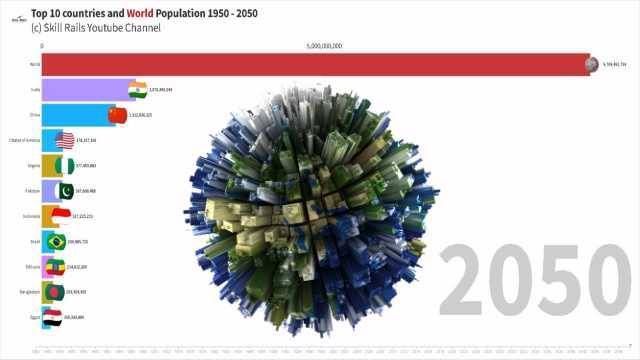
World population is expected to increase by 15% by the year 2050, and as a transport engineer, it is important to consider how this growth will impact the future of transportation. The current transportation infrastructure is already under stress, and the future demands will be higher than ever. Therefore, it is crucial to plan and implement sustainable, efficient, and innovative transportation solutions.
Impact of World Population Growth on Transportation
As the world population grows, the demand for transportation will increase significantly. With more people traveling, there will be a greater need for efficient and safe transportation systems. The current transportation systems, which primarily rely on fossil fuels, are unsustainable and contribute to environmental degradation. Therefore, there is a pressing need to shift towards sustainable transportation options that minimize environmental harm.
Future of Transportation
The future of transportation is exciting, and there are several game-changing technologies that will revolutionize the current infrastructure. The use of airborne and drone-based freight and passenger vehicles is an innovative solution that can help address the issue of congestion on the ground. These vehicles can bypass ground-level traffic, allowing for faster and more efficient transport of goods and people.
Another technology that will transform the transportation industry is the use of electric vehicles. Electric vehicles are more environmentally friendly and produce zero emissions, making them a more sustainable transportation option. Governments worldwide are already investing heavily in electric vehicle infrastructure, and this trend is expected to continue in the coming years.
Lastly, hydrogen-based mobility is another game-changer that will revolutionize the transportation industry. Hydrogen fuel cells produce electricity by combining hydrogen and oxygen, with the only byproduct being water. This technology has the potential to eliminate the use of fossil fuels in transportation and drastically reduce greenhouse gas emissions.
Impact of Future Transportation on Urban Design
The adoption of sustainable transportation technologies will have a significant impact on the architecture of urban designs. With the increased use of airborne and drone-based vehicles, there will be a greater emphasis on the development of vertical transportation infrastructure. This will include the construction of vertical take-off and landing facilities, helipads, and landing platforms.
The widespread use of electric and hydrogen-based vehicles will also require the development of an extensive charging and refueling infrastructure. This will involve the construction of charging stations and hydrogen fueling stations, which will need to be integrated into the urban landscape.
Conclusion
In conclusion, the world population is expected to grow significantly by 2050, and this growth will have a significant impact on the transportation industry. The adoption of sustainable transportation technologies such as airborne and drone-based vehicles, electric vehicles, and hydrogen-based mobility is crucial to minimize environmental harm and create efficient transportation systems.
These innovative technologies will transform the current transportation infrastructure, and their adoption will significantly impact the architecture of urban designs. As a transport engineer, it is crucial to be aware of these trends and work towards developing sustainable and innovative transportation solutions.
More words due to world population growth
For more consideration and better realization we had visualized this growth among top 10 countries in the below video and you can find this change and which countries need to focus more in their infrastructures to be updated and planned for near future.
Reference to these data is Un demographic Data for more information please see the below video description.
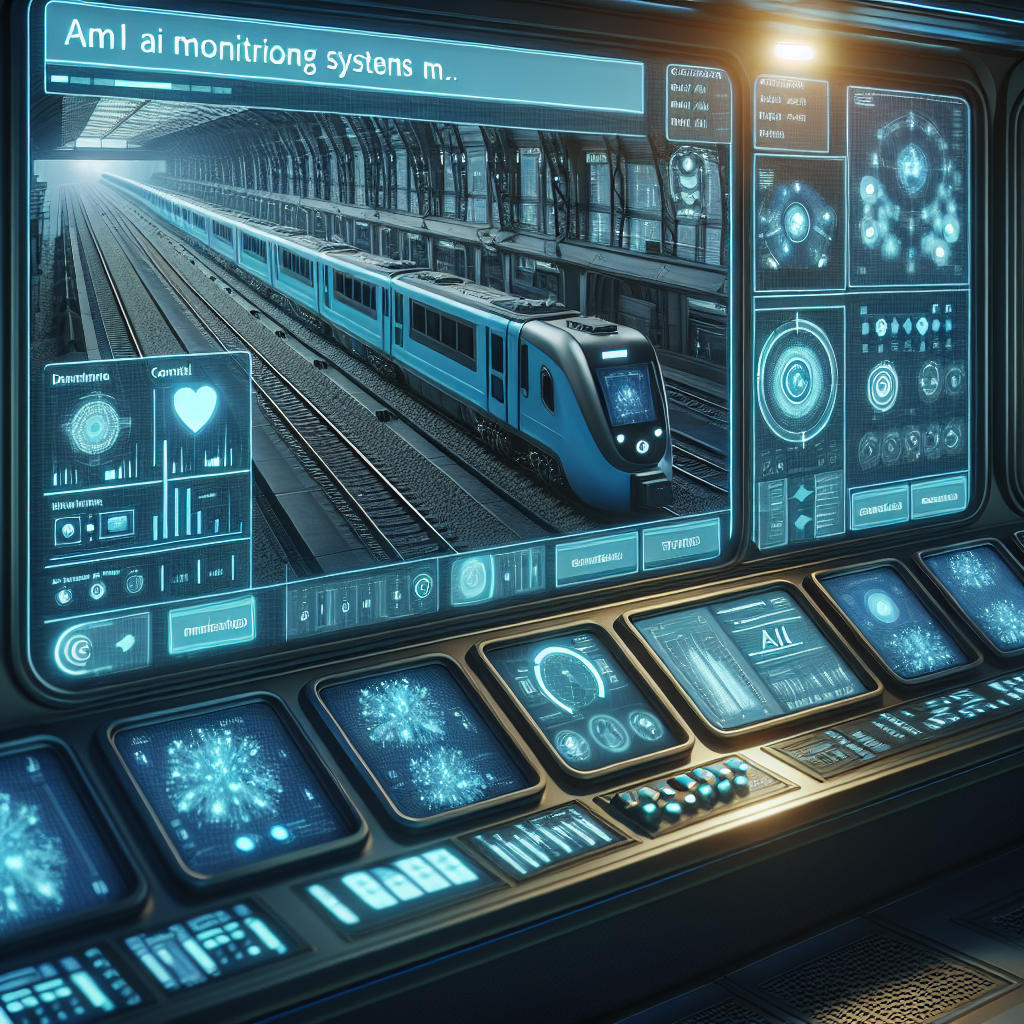
More Articles
Categories
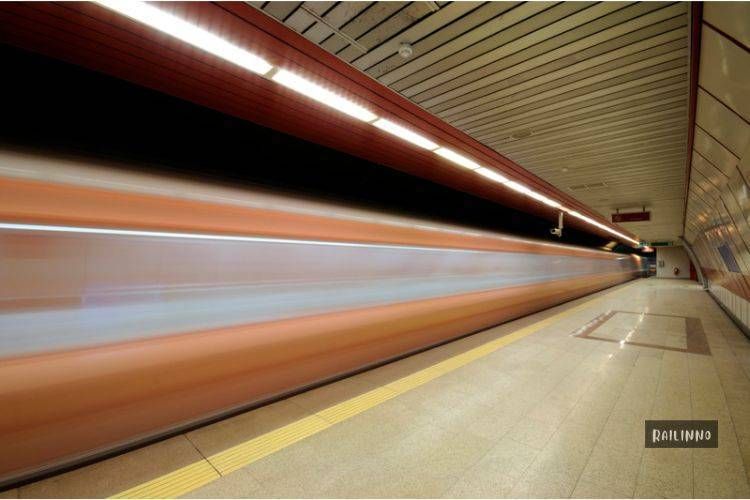

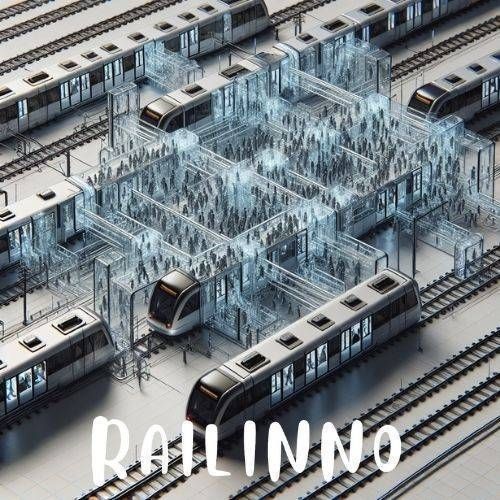



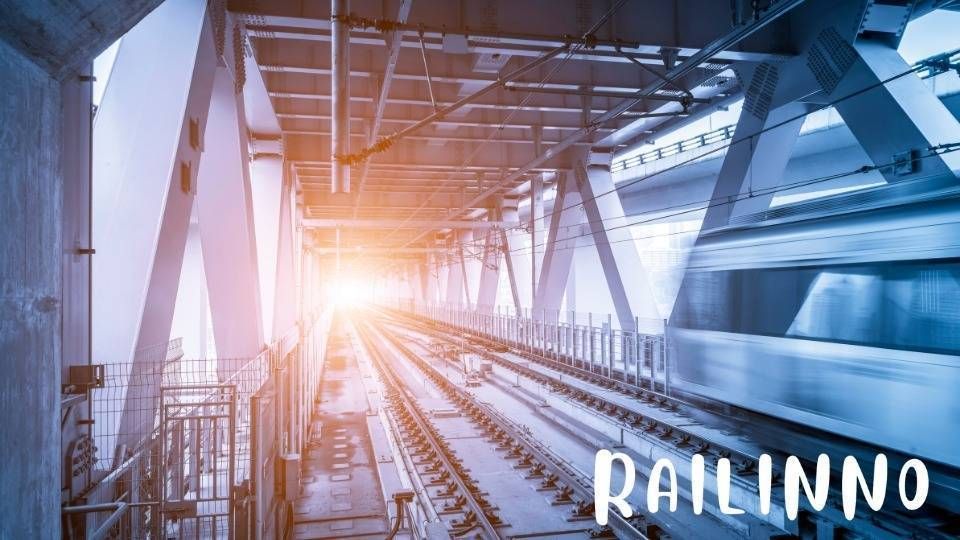


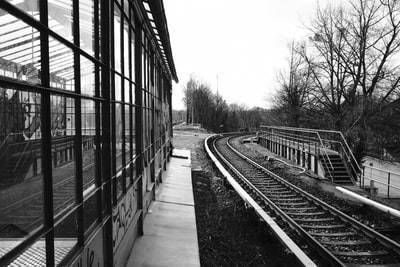
Leave a Reply